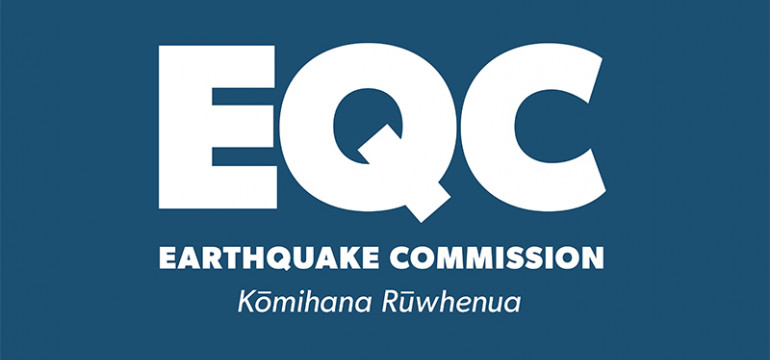Cyclone Fehi advisory
Homeowners with properties damaged by the storm, flooding or landslips as remnants of Cyclone Fehi cross the country can lodge a claim with EQC, but the priority is to stay safe.
There is plenty of time to lodge an EQC claim. The priority for residents in areas that have been impacted by the storm is to look after themselves, their families, and friends and take stock of what has happened to their properties.
Who is covered by EQC?
To make a claim with EQC for natural disaster damage, you must have a home or contents insurance policy with a private insurance company when the natural disaster damage occurred.
If you have a private home insurance policy you can also get EQC cover for certain land damage.
What EQC covers
EQC cover depends on how the natural disaster damage occurred.
Storms and floods
EQC covers storm and flood damage to residential land only, within certain limits outlined below.
- Home and contents damage from storms and floods is covered by private insurance, according to the terms of an individual’s policy. Talk to your private insurer.
Landslip damage
EQC covers landslip damage to land, home and contents, within certain limits:
- Land cover is outlined below.
- Your home is generally insured up to a maximum of $100,000 +GST per event, on a replacement value basis.
- Your contents are generally insured up to a maximum of $20,000 +GST per event, on a replacement value basis.
What land EQC covers
EQC coverage of land is limited to land that is within your land holding – and includes:
- land under your home and outbuildings (eg, shed or garage)
- land within eight metres of your home and outbuildings
- land under or supporting your main access way, up to 60 metres from your home (not driveway surfacing).
EQC land cover includes:
- bridges and culverts within the above areas
- some retaining walls that are necessary to support or protect your home, outbuildings or insured land
- the removal of debris, such as silt or fallen trees, from the insured land (not replacement of items on the land, such as trees, plants, lawn and driveways).
How much can EQC pay out for land?
EQC calculates your land claim settlement based on both:
- the cost to repair the damaged land
- and the cost to repair any bridges, culverts and retaining walls and their support systems that have been damaged or lost.
- This amount is subject to the cap for land cover, the maximum amount EQC will pay for your land per claim.
The cap is a combination of:
- whichever of these is the smallest:the value of the EQC-insured land that has been damaged
- or the value of 4,000 square metres of land at the site of the damage
- or the value of the minimum-sized residential building site allowed in the area in which you live
- and the indemnity value of any insured bridges, culverts and retaining walls that are damaged or lost.
How to make a claim
While it may speed up the process if you make a claim quickly, you have up to three months from the date of the natural disaster to lodge a claim.
You can make a claim online by visiting our website or over the phone by calling 0800 DAMAGE (0800 326 243).
EQC staff will always carry photo identification and usually phone first if they need to visit your property.
Excesses
As is the case for private insurance policies, you will need to contribute towards the amount payable for the EQC claim. This contribution is called the excess and is deducted when your claim is settled.
For residential buildings, EQC will deduct an excess of 1%. The minimum excess is $200 multiplied by the number of homes in the building (that have been notified to the private insurance company).
For contents, EQC will deduct an excess of $200.
For land, EQC will deduct an excess of 10%. However, the minimum excess is $500 multiplied by the number of homes (that have been notified to the private insurance company) in the residential building which is situated on the land. The maximum excess is $5,000.
Here, we use the term “home” while the EQC Act uses the term “dwelling” to refer to any self-contained premises used, or capable of being and intended to be used, as a home or holiday home.
Making urgent repairs
Urgent or ‘emergency’ repairs include repairs that are needed to make your home safe, sanitary, secure and weathertight.
EQCover (the insurance provided by the EQC) requires householders to take reasonable steps after a natural disaster to preserve their insured property from further damage.
This means that, if you’re safely able to, you should do things like:
- turning off the water or gas if it could be leaking
- boarding up broken windows
- putting tarpaulins over holes in the roof or walls
- getting essential services like toilets and water systems repaired immediately.
You should only do these things if it is safe for you to do so.
If you can’t do the urgent repair yourself, you should arrange for a tradesperson to do the repair for you. Keep records of the urgent repairs (including copies of the bills from tradespersons).
Any reimbursement for the cost of urgent repairs is subject to that cost being covered by a valid EQC claim. You could talk to EQC before you make repairs.
